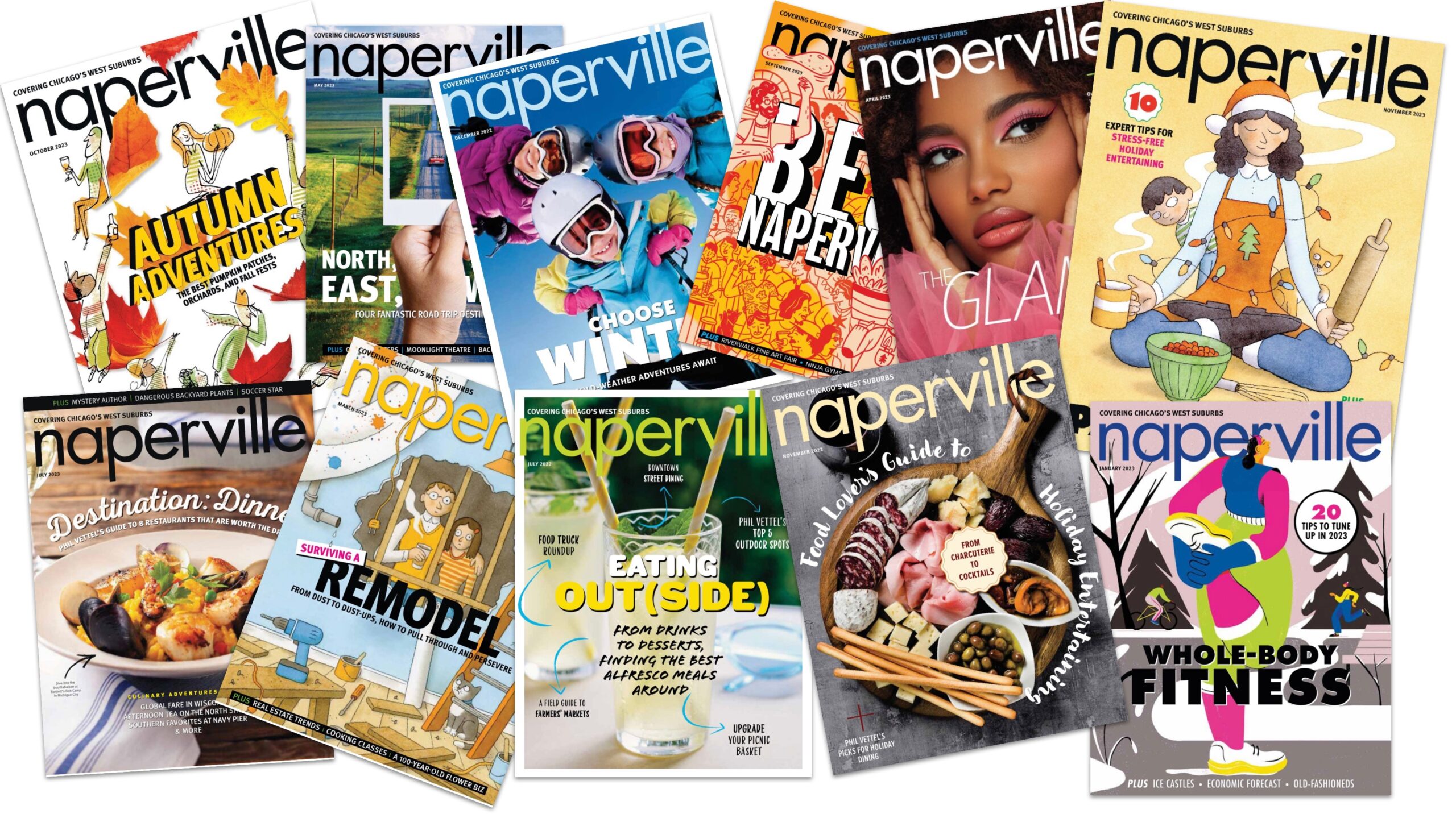
Pretty in Pink
By Peter Gianopulos A photogenic new dessert spot in Warrenville Do you still believe…
Read Full Post

Pumpkin White Bean Soup with Leeks…
By Kelli Ra Anderson Move over pumpkin spice—roasted pumpkin has a delicious savory…
Read Full Post

Sights of the Season
People, places, and scenes around the area Photos: Jen Banowetz (Field of Honor);…
Read Full Post

Building a NEST
By Kelli Ra Anderson This city task force focuses on clean energy and sustainability…
Read Full Post

Room to Grow
By Judy Sutton Taylor This Naperville yoga studio offers opportunities for self-renewal…
Read Full Post

Fixing the Fox
By Kelli Ra Anderson A local environmental group acts to protect a key aquatic resource…
Read Full Post

Sweet Spot
By Judy Sutton Taylor The Tiny Kitchen in St. Charles is a baker’s dream come true…
Read Full Post

The Fame Game
By Phil Vettel The newly opened Ramsay’s Kitchen stirs up attention Never underestimate…
Read Full Post

Biscuits With an Egyptian Flair
By Peter Gianopulos Hasnaa Soliman loves people. Loves talking to people. Loves cooking…
Read Full Post

Best of the Wurst
By Peter Gianopulos The place to prep for Oktoberfest Ed Schleining, owner of Wurst Kitchen…
Read Full Post

Classic Apple Pie with Brandy Whipped…
By Kelli Ra Anderson Granny Smith. Jonagold. Honeycrisp. Jazz. These are some of the…
Read Full Post

Best of Naperville 2023
From breakfast joints and bustling boutiques to top-notch doctors and sumptuous spas,…
Read Full Post

